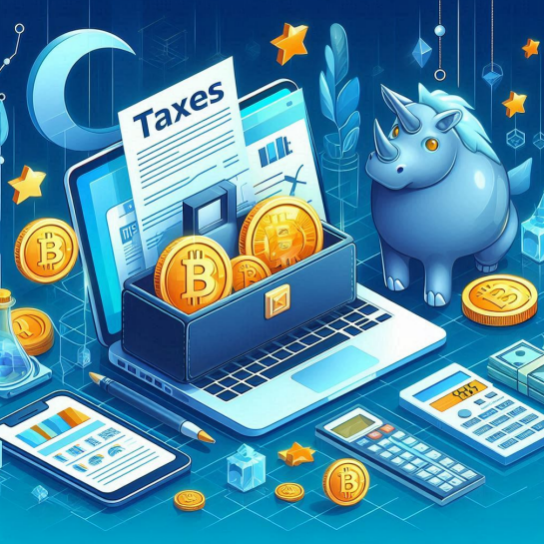The insurance industry is undergoing a significant transformation, propelled by technological advancements and changing consumer expectations. As we advance into a digital age, traditional insurance models are being rethought, leading to innovative policies that cater to modern lifestyles and emerging risks. This article explores the current trends in insurance innovations and speculates on future developments that could reshape the industry.

Current Trends in Insurance Innovations
1. Personalization of Policies: Modern technology allows for the personalization of insurance policies like never before. Insurers are using data analytics and machine learning to tailor policies based on individual risk profiles. This can range from adjusting premiums based on real-time driving data for car insurance to customizing health insurance plans based on wearable device data that tracks fitness and health metrics.
2. Integration with Technology: Insurance companies are increasingly integrating their services with new technologies. For example, the use of telematics in automotive insurance and smart home technology in homeowners' insurance are becoming commonplace. These integrations not only provide better risk assessment but also enhance customer engagement and satisfaction by offering more interactive and responsive services.
3. Cyber Insurance Growth: As cyber threats loom larger, there is a growing need for cyber insurance products that cover data breaches, cyberattacks, and other related risks. This type of insurance is rapidly evolving, with policies now offering not only coverage for losses but also support services like breach notifications, identity protection solutions, and forensic services.

Financial Implications of New Insurance Models
1. Dynamic Pricing Models: The shift towards personalized insurance policies is enabling more dynamic pricing models. Insurers can adjust premiums based on the latest data inputs, reflecting a more accurate pricing structure that can potentially lower costs for consumers and reduce claims expenses for insurers.
2. Increased Customer Engagement: By leveraging technology to create more touchpoints, insurers are enhancing customer engagement. Enhanced engagement can lead to higher customer satisfaction and retention rates, which are crucial for the long-term success of insurance companies.

Future Predictions for Insurance Innovations
1. Blockchain for Transparency: Blockchain technology has potential applications in the insurance industry, particularly in enhancing transparency and reducing fraud. Smart contracts could automate claims payouts based on predefined criteria, and blockchain could provide an immutable record of transactions, increasing trust among all parties involved.
2. Insurance for Emerging Technologies: As new technologies like autonomous vehicles and IoT (Internet of Things) devices become more prevalent, new insurance products will need to be developed to address these emerging risks. This could include policies specifically designed for autonomous car liabilities or IoT device malfunctions.
Conclusion
The digital age is redefining what consumers expect from their insurance providers. Innovations in the insurance industry are not just about adopting new technologies but also about adapting to a changing world. The insurers who can navigate these changes effectively will be well-positioned to lead the industry in the coming years, offering policies that are not only comprehensive but also aligned with the digital lifestyle of modern consumers.






